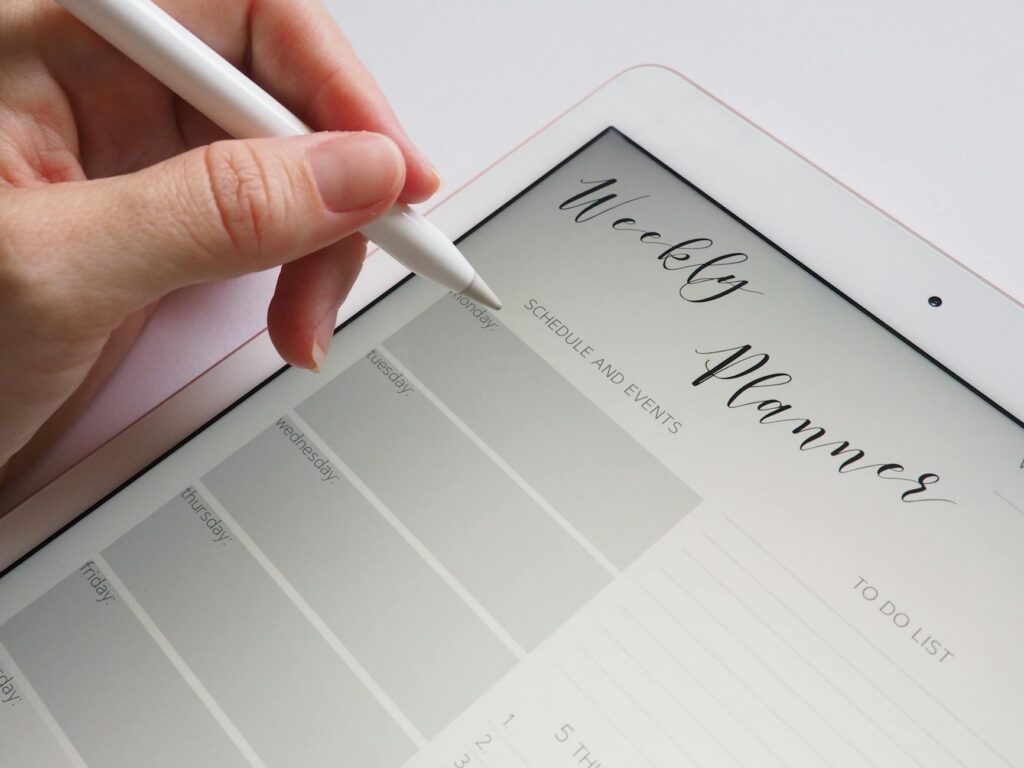What is scheduling tools?

What is scheduling tools?
In today’s fast-paced world, managing time efficiently can feel like juggling multiple balls in the air. One dropped task can lead to chaos and missed deadlines. That’s where scheduling tools come into play. These tools are designed to help individuals and organizations plan their time effectively, ensuring that every important task is accounted for. In a landscape where multitasking is the norm, scheduling tools serve as a guiding compass, leading us toward better productivity and a more balanced life.
Understanding Scheduling Tools
What Are Scheduling Tools?
Scheduling tools are software applications designed to assist users in organizing their time and managing their tasks. They allow for planning, tracking, and reminding users of appointments, deadlines, and important events. Whether you’re booking a meeting or managing a complex project, these tools simplify the process, ensuring that nothing falls through the cracks.
Types of Scheduling Tools
There’s a variety of scheduling tools available to cater to different needs:
-
Calendar Applications: Tools like Google Calendar and Microsoft Outlook help users manage their time by providing an interface to add appointments and set reminders.
-
Appointment Schedulers: Platforms such as Calendly and Acuity Scheduling enable users to book appointments without the back-and-forth emails, streamlining the scheduling process.
-
Project Management Tools: Applications like Trello and Asana not only help in organizing tasks but also in scheduling them, ensuring that project timelines are met.
Each type serves a unique purpose, but they all share the common goal of improving how we manage our time.
Benefits of Using Scheduling Tools
Improved Time Management
Have you ever felt overwhelmed by the number of tasks on your to-do list? Scheduling tools can help prioritize tasks based on deadlines and importance. By visually mapping out your day or week, you can allocate time slots for each task, ensuring you’re focused on what truly matters. This structured approach to time management can dramatically reduce stress and increase your sense of control.
Enhanced Productivity
Imagine reducing the time you spend on scheduling meetings or organizing tasks. Scheduling tools streamline workflows, minimizing the hours wasted on manual scheduling. By automating reminders and updates, these tools allow you to focus on the work itself rather than the logistics of planning. An efficient schedule means you accomplish more in less time, maximizing your productivity.
Better Work-Life Balance
In our quest for success, it’s easy to forget about personal commitments. Scheduling tools can bridge the gap between professional and personal life, helping you allocate time for both. By clearly defining work hours and personal activities, you can ensure that neither aspect of your life is neglected. This balance leads to better mental health and overall satisfaction.
Popular Scheduling Tools
Google Calendar

Google Calendar is a powerful tool for managing your time. It allows users to create events, set reminders, and share calendars with others. The integration with Gmail and other Google services makes it easy to keep everything in one place. Plus, it’s accessible from any device, ensuring that you can stay organized whether you’re at home or on the go.
Photo by Jess Bailey Designs
Calendly
Calendly takes the hassle out of scheduling appointments. By allowing others to view your available times, it eliminates the tedious back-and-forth communication. You can customize your availability, set buffer times between meetings, and even integrate with your calendar to avoid double bookings. It’s a game changer for those who frequently host meetings or consultations.
Trello and Asana
Both Trello and Asana are renowned for their project management capabilities but excel in scheduling tasks within projects. With Trello, you can create boards that represent different projects, moving tasks from one stage to another with ease. Asana, on the other hand, offers a more structured approach, allowing users to assign tasks, set deadlines, and track progress all in one platform. These tools ensure that everyone involved in a project is on the same page.
Tips for Effectively Using Scheduling Tools
Setting Clear Goals
When using scheduling tools, setting clear and achievable goals is crucial. Without defined objectives, even the best scheduling tool can become ineffective. Take time to identify what you want to accomplish and break these goals into manageable tasks. This clarity will help you utilize your scheduling tool more effectively.
Regularly Reviewing Your Schedule
Life happens, and priorities shift. To maximize the effectiveness of your scheduling tools, regularly review and adjust your plans. Set aside time each week to assess your upcoming tasks and appointments. This allows you to adapt to changes and ensures that your schedule remains relevant and achievable.
Conclusion
In summary, scheduling tools are invaluable assets in managing time effectively, enhancing productivity, and achieving a better work-life balance. By embracing these tools, you’re taking a proactive step toward a more organized, fulfilling life. As our world continues to demand more from us, using scheduling tools can help ensure that we meet our commitments while still making time for what truly matters. So why not give one a try and see how it transforms your daily routine?